High-tech medical care is a modern type of treatment for complex diseases that minimize the risk to the life and health of the patient. VMPs are provided through MHI programs and at the expense of the federal budget.
What is VMP?
High-tech medical care is care provided to a patient using new technologies in medicine. VMPs include medical and diagnostic procedures; a range of services is provided in specialized medical centers. At the present stage, this type of assistance is carried out in 22 areas of treatment and diagnosis. The list includes relevant types of surgical interventions, as well as otolaryngology, pediatrics, combustiology and other complex diseases that are difficult to treat by traditional methods.
In Russia, the number of hospitals is constantly growing, where modern equipment for treatment using medical technologies of a new generation is installed. The Ministry of Health of the Russian Federation annually approves the list of medical organizations that may be provided by VMP, and its volumes.

Financing
Initially, high-tech medical care for the population was financed only from the federal budget. Since 2014, the situation began to change and more services began to be financed by the system of compulsory medical insurance funds. High-tech medical care is divided into two types.
The division is determined by the list of VMP included in the provision of assistance under the compulsory medical insurance system, and the rest of the assistance, which is paid from the federal budget. That is, for citizens VMP is free, but there are certain conditions and procedures according to which it can be obtained.
Directions of providing VMP
In 2017, 136 federal-level medical facilities are financed from compulsory health insurance funds, in addition to the basic insurance program, VMPs are provided to citizens.
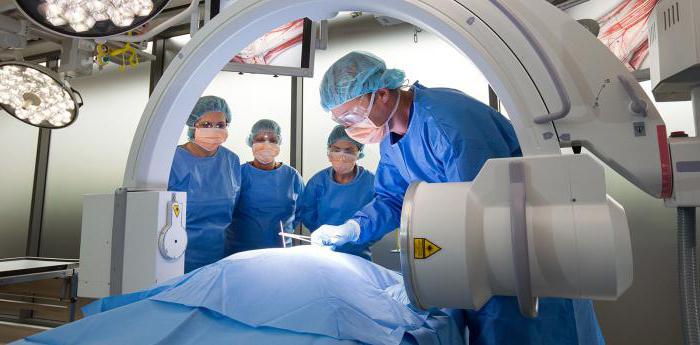
Types of high-tech medical care (directions):
- Hematology, abdominal surgery, combatology.
- Obstetrics and gynecology, neurosurgery, oncology.
- Gastroenterology, neonatology, traumatology and orthopedics.
- Dermatovenerology, surgery for children (for newborns).
- Otorhinolaryngology, transplantation, rheumatology.
- Ophthalmology, heart and vascular surgery, urology.
- Thoracic surgery, pediatrics, maxillofacial surgery.
Full range of services
A complete list of high-tech medical care contains a large number of types of services - from medical surgical interventions to diagnostic operations. You can get acquainted with it in any medical institution, the list includes more than 200 items of VMP.
A patient receiving high-tech care in a medical institution does not bear any costs in connection with the procedures. All types of services, supplies, medicines, doctors and nurses are covered by the compulsory medical insurance or federal funds. It is worth remembering that the diagnostic procedures carried out before receiving an appointment for VMP are not included in the financing of specialized assistance programs.
After the patient was provided with the necessary medical high-tech care, he receives a list of recommendations for further actions. It may include rehabilitation measures or further treatment. All recommendations are described in the patient's medical record.

Who can get VMP?
All citizens of the Russian Federation are eligible for VMP.A document that makes it possible to contact a specialized hospital is the direction of the attending physician, where the patient’s medical indications are recommended, recommending certain procedures. The attending physician also sends the patient for additional examinations in order to identify contraindications to the UMP. It takes a little longer to get help funded by federal budget programs.
Having collected the results of all the studies, the specialist prepares a package of documents for transmission to the commission involved in the selection of patients for VMP. The commission is obliged to make a decision no later than ten days after the appeal. It may consist of a patient's approval for assistance, refusal, or referral for additional examination. In the case of a positive decision, the patient's documents and the conclusion of the commission are forwarded to the recommended medical facility, corresponding to the profile of the disease with the necessary level of VMP. The patient receives a notification, and if the date of the manipulation has already been determined, the patient will be issued a VMP coupon.
Help with compulsory medical insurance does not require a doctor to contact the commission, a package of documents is immediately sent to the center, where there is appropriate equipment and personnel. If the hospital is ready to receive the patient, the institution itself opens a ticket to it, notifying the referring institution.
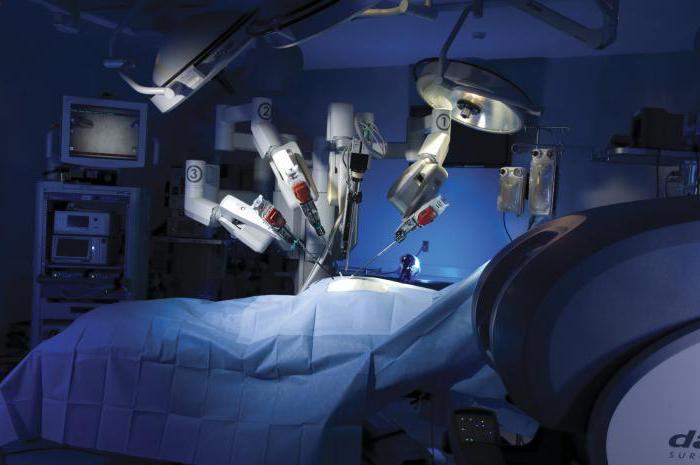
Refusal cases
High-tech medical care by each institution is provided in a certain amount (according to quotas). If all the volumes of necessary assistance have been exhausted in a particular institution, the patient is put on a waiting list, which can be monitored online on the website of the Ministry of Health.
Sometimes, the federal medical center, having examined the patient’s problem, the diagnosis and the results of the research, refuses to conduct VMP. The motivation can be different: for example, specialists may find that the risk of surgery or treatment is too high, and the procedures can lead to an undesirable outcome. In this case, recommendations for conservative treatment will be given.
The refusal may be motivated by the fact that the effect of the proposed treatment will be completely opposite and will lead to complications requiring more efforts to maintain health than before the intervention of the UMP. If the patient does not agree with the refusal to provide him with VMP, he can make a complaint to the health authorities - local or territorial supervision services (Roszdravnadzor).
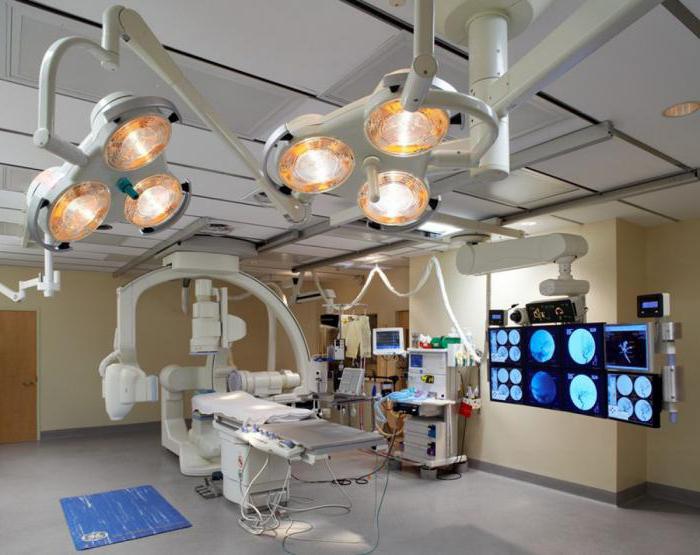
Emergencies and VMP
An important issue for many patients is providing relief in emergency cases where “delaying death is like”. In such situations, the patient is given the necessary treatment, for example, stenting of the coronary vessels can be performed. But we are talking about the conduct of VMP for one section of the compulsory medical insurance policy, and not about full-fledged medical care.
For further assistance, the patient draws up a package of documents, in which case it will be planned. Experts say that the greatest number of requests for high-tech help is for cardiovascular diseases (about 60%).
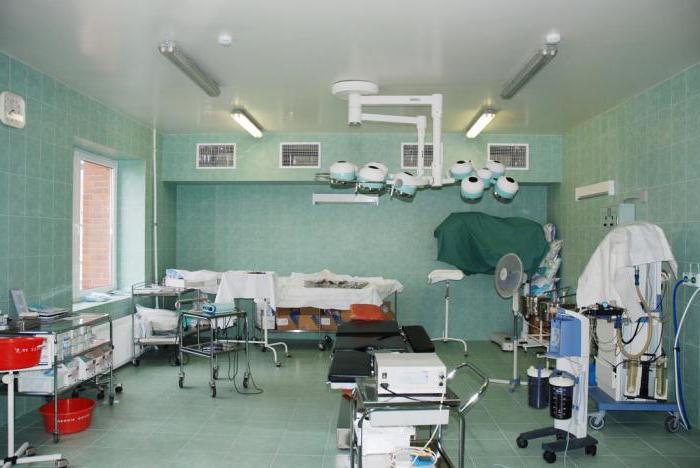
Training
Often, patients are also interested in such a type of operations as replacing the lens of the eye. This type of VMP is provided according to the compulsory medical insurance system if the lens of domestic production is implanted into the patient. If there is a desire to put the lens of imported production, then this operation is fully funded by the patient himself. The list of types of high-tech medical care includes 272 names of procedures in 20 major medical profiles.
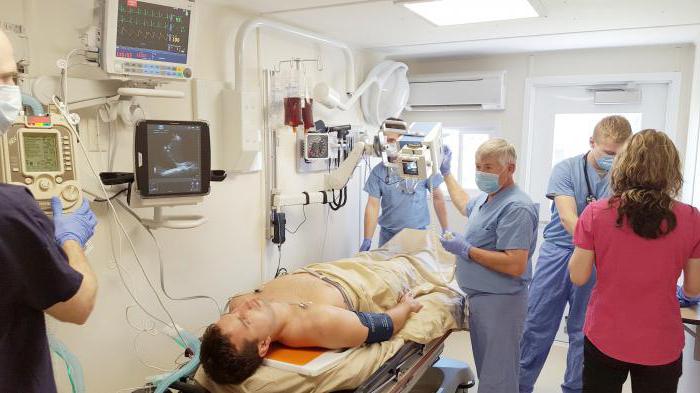
The provision of VMP most often requires hospitalization a few days before the procedure. For treatment to be effective, you need to find out from the host organization what preparatory steps are needed.These may include the abolition of certain medications, diet, or medications that contribute to better treatment.
Where is the PMF provided?
Since 2015, the procedure has been established by which the patient is provided with high-tech medical care (order of the Ministry of Health of the Russian Federation dated December 29, 2014 No. 930n). You can get VMP in almost all major cities of Russia. Now there are more than 200 specialized hospitals and centers providing the necessary range of services.
The organization of high-tech medical care consists of several points:
- Medical institution. VMP is provided in a hospital with round-the-clock patient monitoring or in a day hospital if there is no need for constant monitoring of the patient's condition.
- VMP program funding. The provision of types of VMP is carried out in accordance with the approved list. It includes the types of assistance provided under the basic compulsory medical insurance program, a list of VMP provided by the federal budget.
- Direction of the patient. Hospitalization of the patient occurs with the filing and signed by the attending physician, as well as the head of the medical institution on the letterhead of the sending organization. A package of documents is attached to the direction: an extract from the medical record showing the diagnosis, the disease code, the results of studies confirming the diagnosis; copies of documents: passport or birth certificate, medical insurance policy.
- Logistics. A full set of necessary documents is sent to the organization within three days, where specialized high-tech medical care is provided through the compulsory medical insurance system or to the executive body of a constituent entity of the Russian Federation. Distribution occurs in accordance with the list, which indicates who finances this type of assistance.